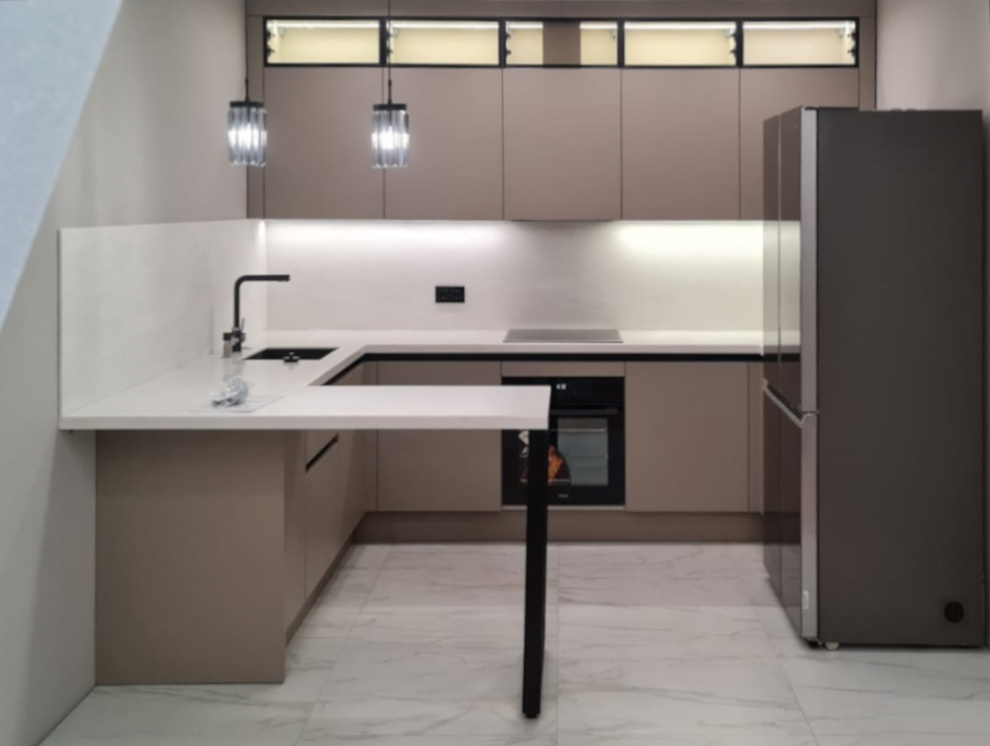Culinary Spaces Redefined: Innovation at the Forefront
Reimagining the Traditional Kitchen
The concept of the kitchen has evolved considerably in recent years, shifting from a secluded, purely functional space to a central hub of home and professional life. As culinary spaces are redefined, they adopt new roles and aesthetics that blend ergonomics, technology, and sociability. This revolution goes beyond mere trends, reflecting a deeper change in how we perceive and interact within our culinary environments.
Technological Infusion in Culinary Designs
A key factor in the transformation of culinary spaces is the seamless integration of cutting-edge technologies. Smart appliances, precision cooking devices, and interactive platforms are not just futuristic additions; they are becoming integral to the modern culinary experience. Innovations like internet-connected refrigerators, voice-controlled ovens, and app-integrated nutrition trackers help individuals create a more efficient, personalized, and conscious cooking environment.
The Rise of Multifunctional Kitchen Spaces
As we rethink our culinary spaces, there is a growing emphasis on versatility. Kitchens are no longer just places to prepare meals but are transforming into multifunctional areas capable of hosting a variety of activities. This includes casual dining, social gatherings, and even remote work. Furniture and space design now focus on adaptability, ensuring that kitchens can effortlessly switch between roles while maintaining comfort and style.
Embracing Sustainability and Wellness
Sustainability and wellness have become central themes in the reinvention of culinary spaces. Eco-friendly materials, energy-efficient appliances, and waste-reducing solutions are being prioritized to create environments that not only look good but also do good for the planet. Moreover, the inclusion of indoor herb gardens, air-purifying plants, and natural lighting is on the rise, reinforcing a connection to nature and promoting a wholesome lifestyle.
Inclusive Design for All
The redefinition of culinary spaces also focuses on inclusivity and accessibility. Designers are now creating kitchens that cater to a wide range of physical abilities and ages, ensuring that everyone can participate in cooking and social activities. Adjustable countertops, accessible storage solutions, and user-friendly appliances are just a few examples of innovations that make culinary spaces welcoming for all members of the household.
Culinary Spaces as Expressions of Culture and Identity
Finally, culinary spaces are increasingly seen as reflections of personal culture and identity. Global influences are inspiring diverse palettes and functionalities in kitchen design, enabling people to express their heritage and personal tastes through decor, tools, and layout. This cultural celebration enriches the culinary experience, turning everyday cooking into an exploration of the world's flavors and traditions.
Conclusion: The Future of Culinary Spaces
The redefinition of culinary spaces is a testament to the dynamic nature of human living environments. By embracing innovation, these spaces are becoming more intelligent, versatile, and personal while fostering sustainability and inclusivity. The future of culinary design is not just about style or utility; it's about creating a space that resonates with the rhythms of contemporary life and the diverse needs of those within it.
